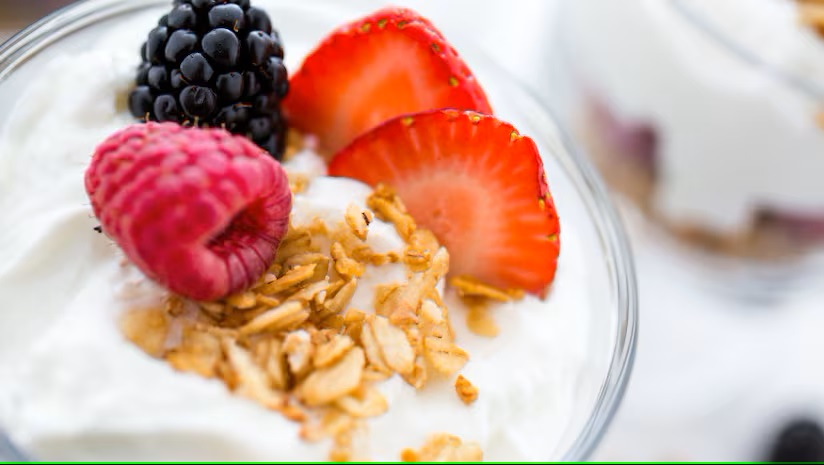According to Circana, 56% of people taking a GLP-1 medication – typically prescribed to type-2 diabetes patients to improve blood sugar control – use the drug for weight loss. This number would likely grow as coverage and affordability of the medicine improves, the market intelligence company estimates.
Meanwhile, Morgan Stanley Research predicts that 7% of the US population will be taking GPL-1s by 2035.
A 2024 survey carried out by the company sheds light into the food consumer behavior changes that take shape once a person starts taking anti-obesity medications.
The results show that 59% of those individuals drink more still water, 66% consume less soda and alcohol, and 38% increase their intake of protein beverages. Additionally, 93% of those consumers admit to have reduced their portion sizes, indicating a significant shift in consumer diet trends.
Dairy is among the categories that have taken a lesser hit – according to the survey, 57% of respondents state they are consuming about the same amount of dairy as they did before they started the medication – compared to 28% eating less and 15% consuming more.
GLP-1 consumers decrease F&B spending in first three months of use but return to baseline at end of year 1, Circana found, with spending on ‘fatty proteins’ taking a hit.
Department-wise, the biggest shift is in the frozen aisle – where spending fell 3 points from baseline. Meanwhile, spending in the produce and deli departments in the first year increased.
So what should dairy brands know to adapt to this growing market trend?
We chatted to Circana’s Sally Lyons Wyatt, Global EVP & Chief Advisor Consumer Goods & Foodservice Insights, to find out more . . .
DR: How well-positioned are dairy brands to support consumers that use GLP-1 medications, through NPD?
SLW: The part of dairy that is very well-positioned to assist consumers on their GLP-1 journey is yogurt. The functional benefits including protein, pre- and probiotics, variety of low and no sugar options are currently doing well with these consumers.
Other dairy products with the functional benefits are doing well too, but not enough to drive overall growth with the GLP-1 weight-loss user.
The opportunity is to educate consumer about the range of benefits across the dairy ‘doors.’
This can be done with social media, packaging, promotions, and so on.
DR: The high-protein category is one of the biggest within dairy, and consumers on GLP-1 meds are said to be seeking out high-protein products. What are some of the gaps in high-protein NPD that could further elevate the segment, with respect to addressing GLP-1 users’ needs?
SLW: The key to protein for the consumers on a GLP-1 weight loss journey is higher grams of protein.
Consumers are smarter today, because of the access to information from around the world. They are more educated; however, it is often difficult to find a trusted source.
The dairy industry could assist these consumers by providing education on the role dairy can play on their well-being journey – specifically around weight loss.
DR: Consumers buy more produce from deli departments, but they also initially cut down on ‘fatty proteins’, according to your report. How can dairy brands improve their deli, refrigerated offerings to cater for these new consumer habits? What are the dairy products that can shine in that respect and which ones are likely to be shunned?
SLW: Look across portfolios and/or assortment to ensure there is something that will appeal to the target consumer. Perhaps it is portion sizes, calling out functional benefits, noting affordable convenience for products that fit the need, education at the ‘coffin’ via signage, and so on.
Some consumers do not like the taste and texture of kefir and/or cottage cheese, so finding ways of delivering the benefits with enhancements will be important.
DR: How are functional dairy beverage and food staples such as kefir and cottage cheese expected to perform with GLP-1 users in 2025?
SLW: Kefir’s advantage is that is it fermented – which is a big plus for those needing assistance with their gut health.
Many of the cottage cheese varieties align to the protein needs of consumers and social media has also given the category a nice bump in sales with engaging recipes demonstrating the versatility of the food.
DR: What are the barriers to attracting these consumers to the functional dairy category?
SLW: Some consumers do not like the taste and texture of kefir and/or cottage cheese, so finding ways of delivering the benefits with enhancements will be an important role of innovation.


























